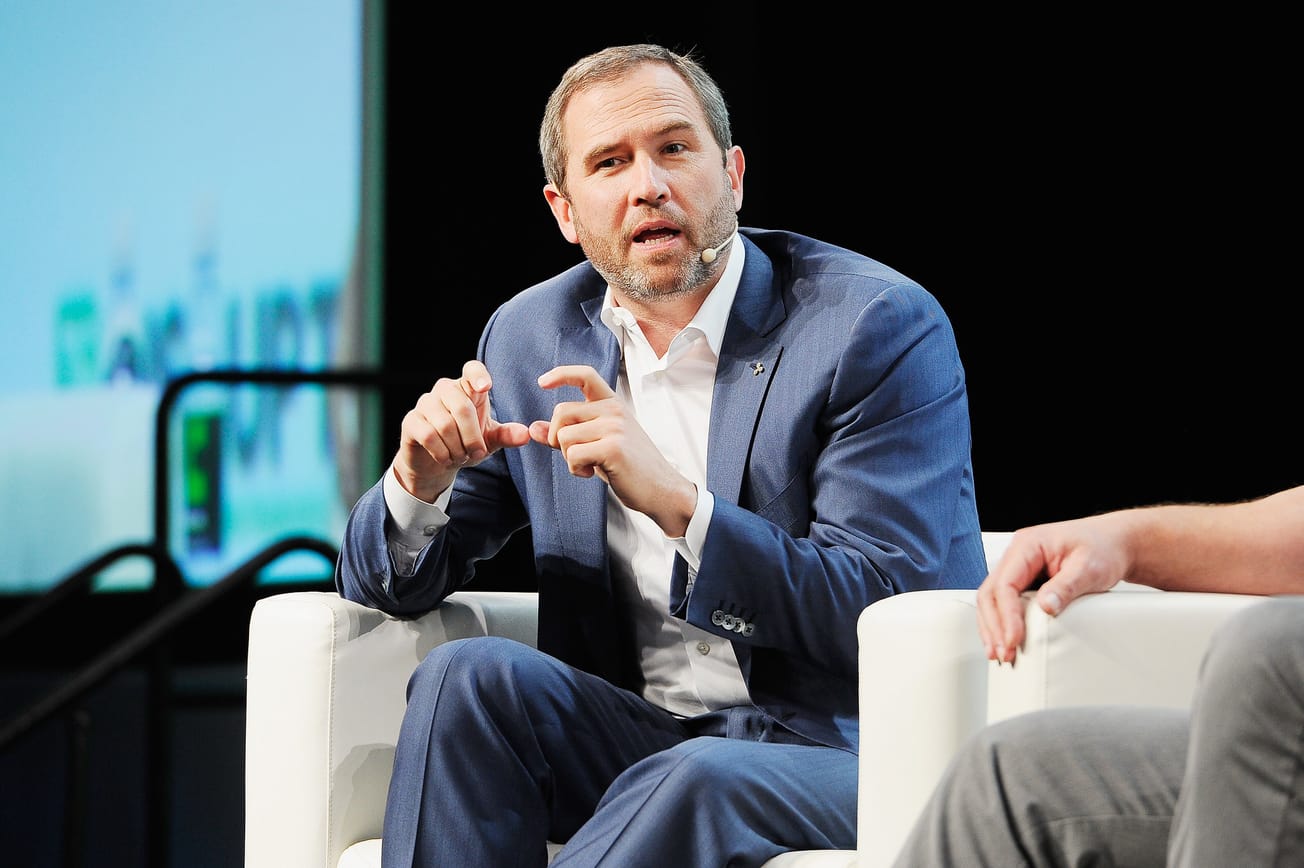Table of Contents
Could the next driver for Bitcoin exchange-traded funds (ETF) be the $8.4 trillion business of novel structures for class-shares?
Not even the much-anticipated launch of spot Bitcoin ETFs could divert the attention of industry insiders at the annual Exchange ETF Conference in Miami from the next leap for the crypto token to grab a share of the $8.4 trillion market more significantly: The green light from regulatory bodies for novel share-class structures.
In contrast to the lightning-fast swings in the Bitcoin market, this topic is incredibly intricate. Grayscale Investments did something unusual for a Bitcoin fund – it launched drones to commemorate their $23 billion investment.

Attending business leaders at the conference last week debated whether the US Securities and Exchange Commission (SEC) would allow companies to replicate Vanguard Group's fund strategy, which the firm had used exclusively for over 20 years.
Reasonably so. This setup would enable an ETF to be listed as a share class of a bigger mutual fund, which would provide the whole vehicle with the exchange-traded fund's tax efficiency.
Vanguard's patent in place to prevent imitative funds from being used ran out in May. The last remaining hurdle is the clearance of the SEC.
To apply a methodology that would extend the tax benefits of ETFs to a substantial percentage of mutual fund assets worth trillions of dollars, major financial corporations, including Fidelity, Morgan Stanley, and Dimensional Fund Advisors, have asked the SEC for permission.
After tripling its size in the past decade, this industry is eager to take advantage of this tempting chance to enter its next evolution stage.
There are more than 3,300 US-listed ETFs and many more might be created if they get SEC clearance.
As ETFs have gained popularity, mutual funds have experienced substantial losses. As a result, the ETF market is getting increasingly crowded, and traditional asset managers are competing to gain a share of it.
No deadline for a decision has been set by the SEC, and the regulatory agency has yet to make any promises on whether or not it would authorise additional use of the structure.
Since approving it for Vanguard years ago, regulators have voiced worries over potential conflicts of interest among mutual funds and ETF investors.
Conference participants speculated that the SEC might want to complete its rule revisions regarding "swing pricing" before approving adopting Vanguard's plan. Swing pricing is a liquidity mechanism that relies on a fund's structure and objective.
Issuers are likely to continue applying pressure. Despite the popularity of ETFs among investors, mutual funds continue to provide advantages, particularly in their significant position within the US retirement system.
An issuer's optimal situation would involve introducing an ETF share class for an existing mutual fund instead of making significant structural changes.







